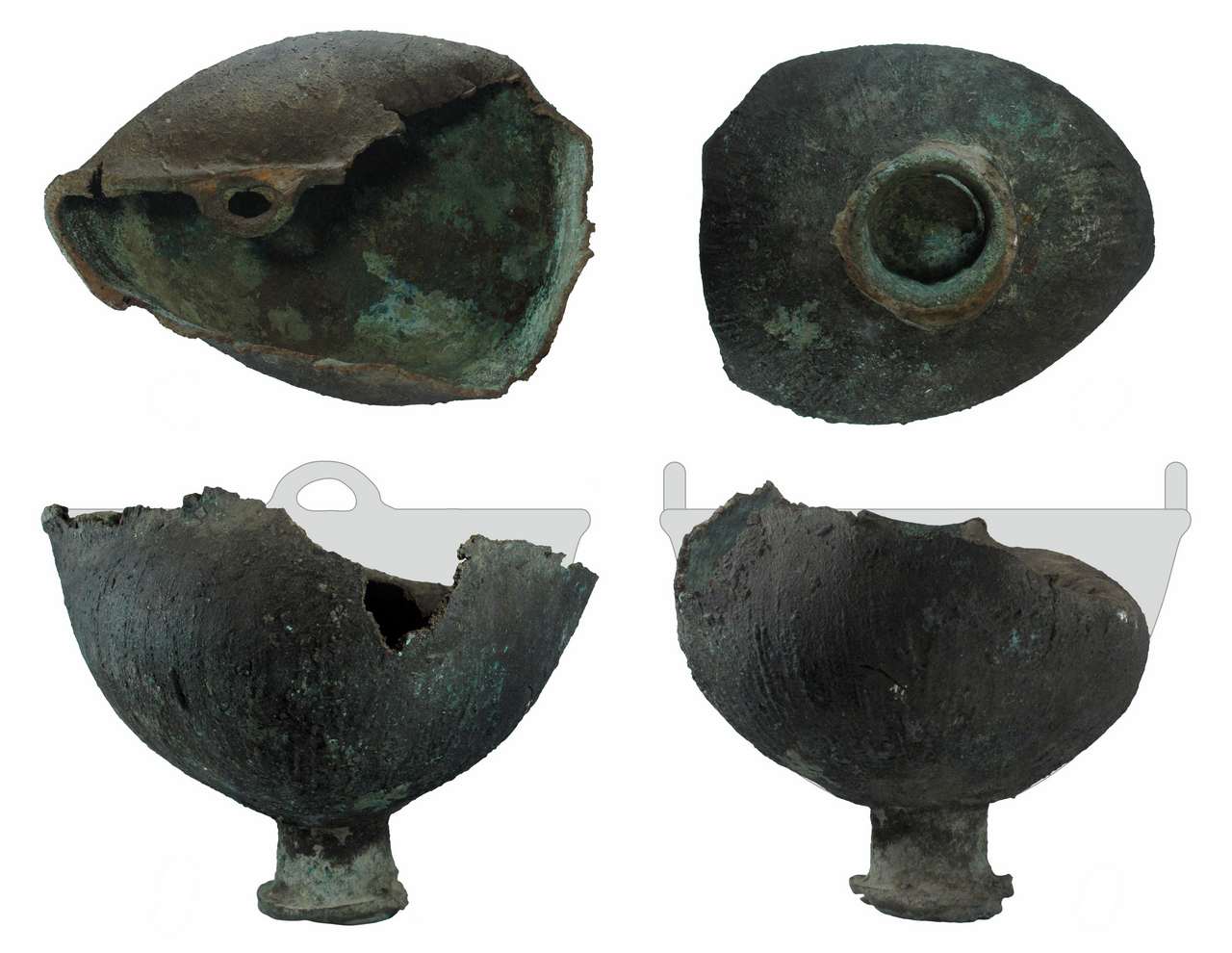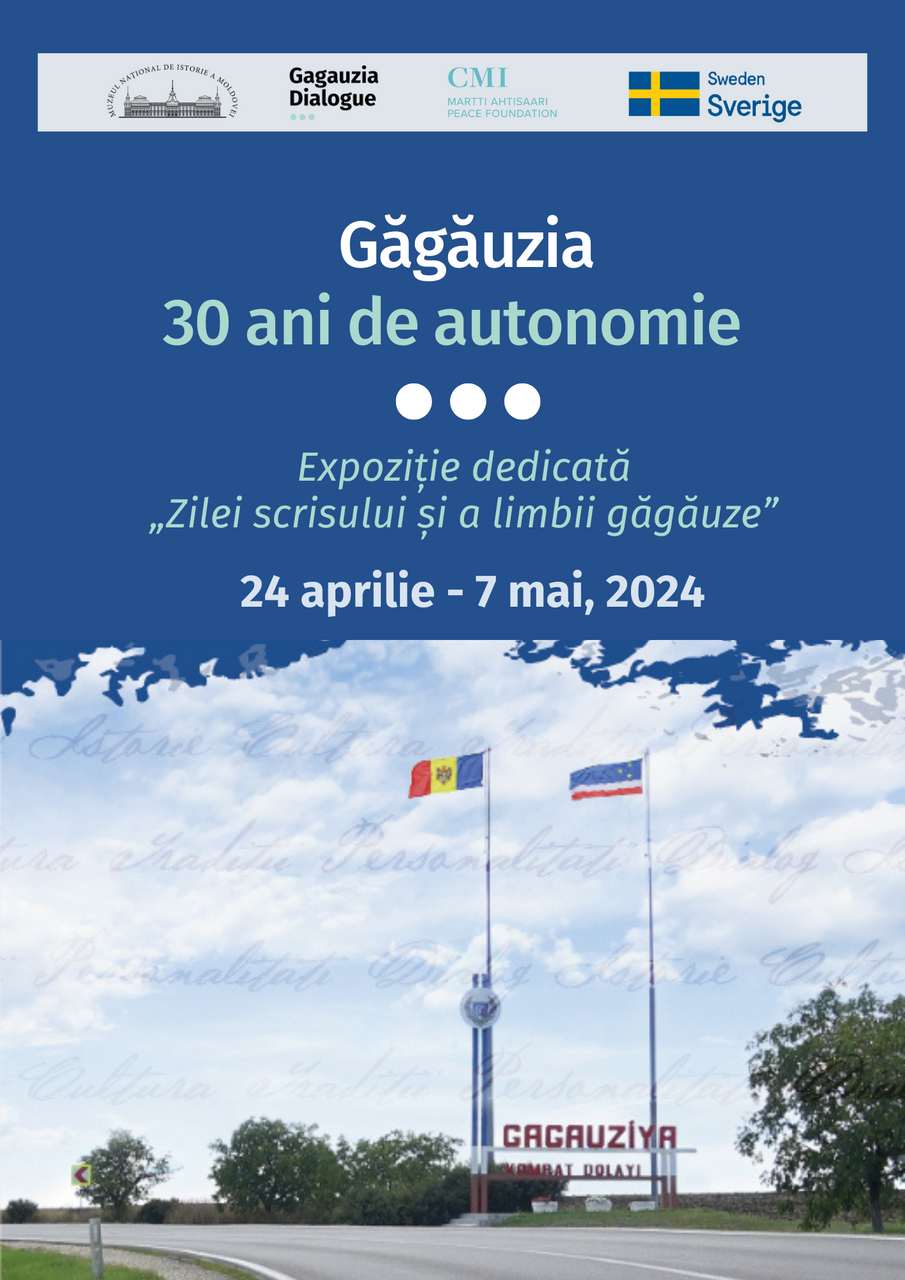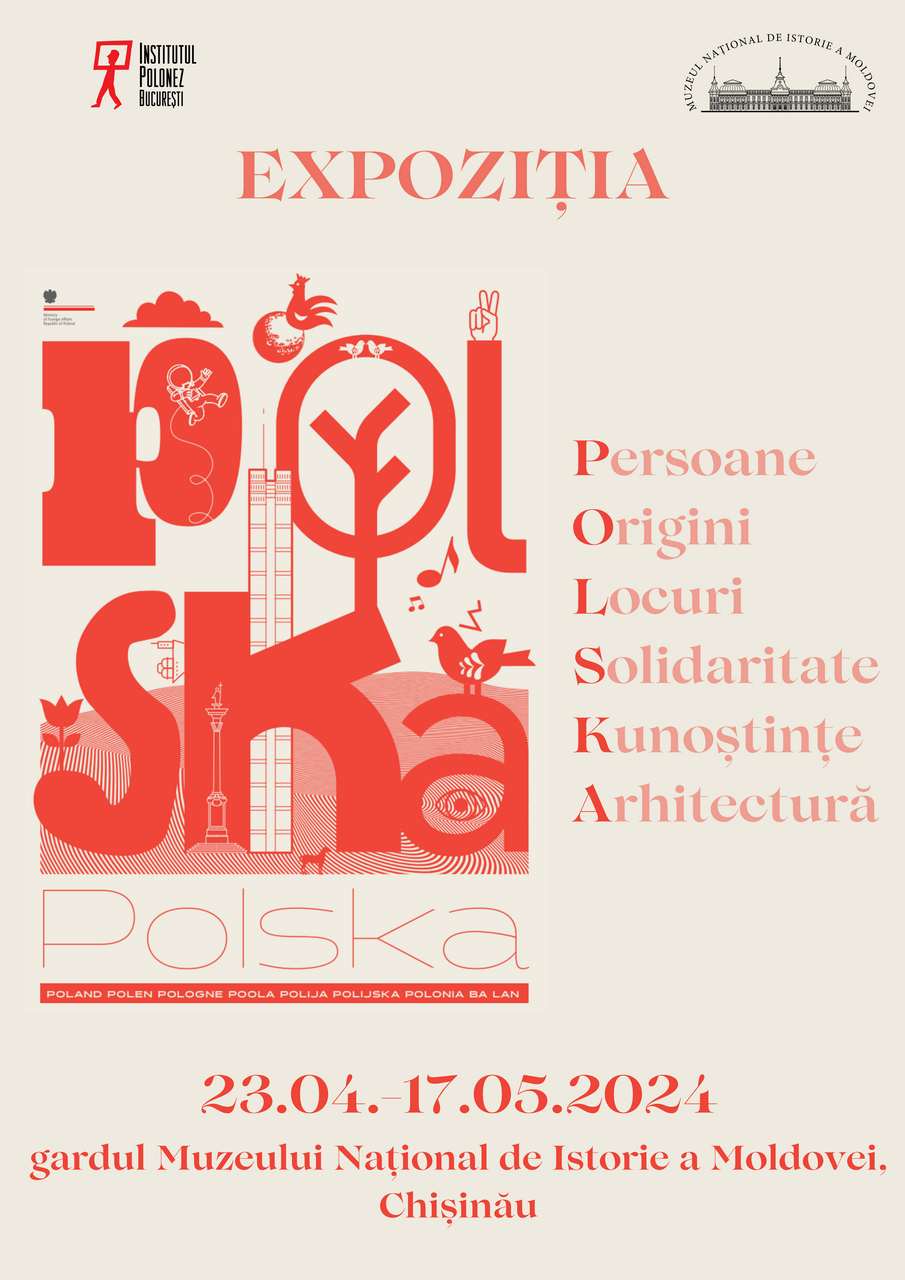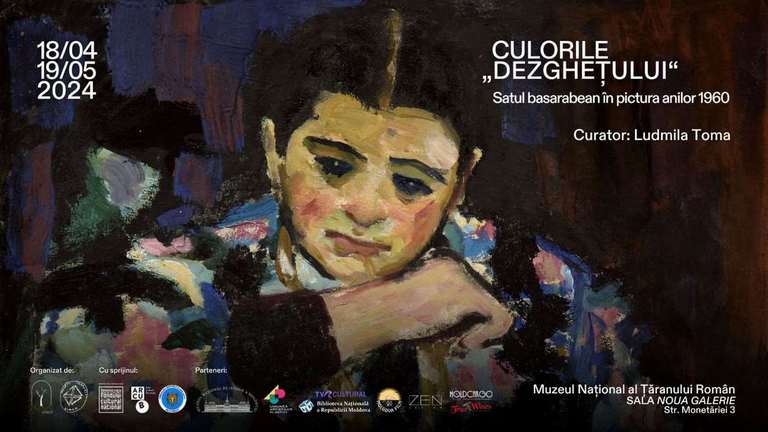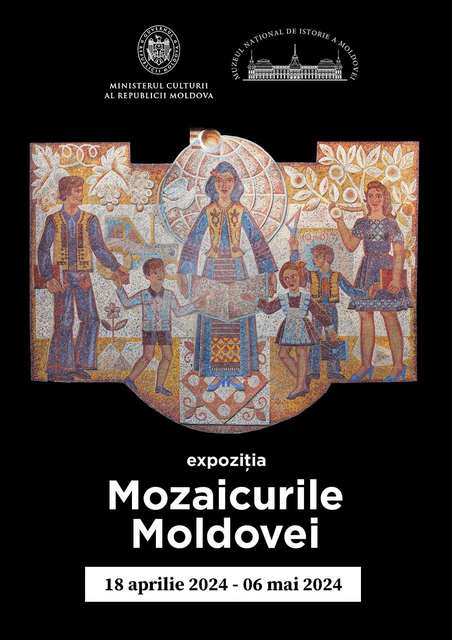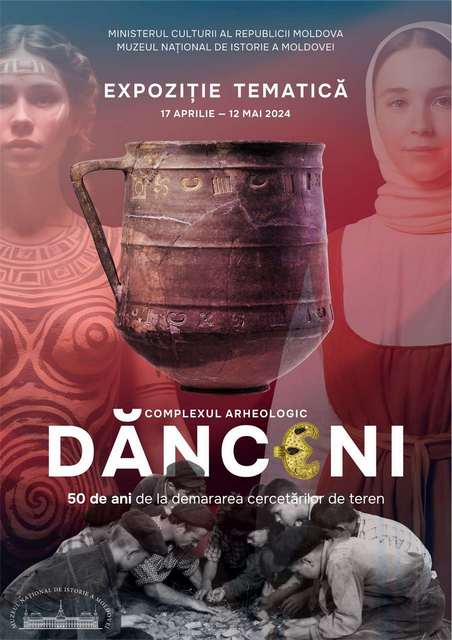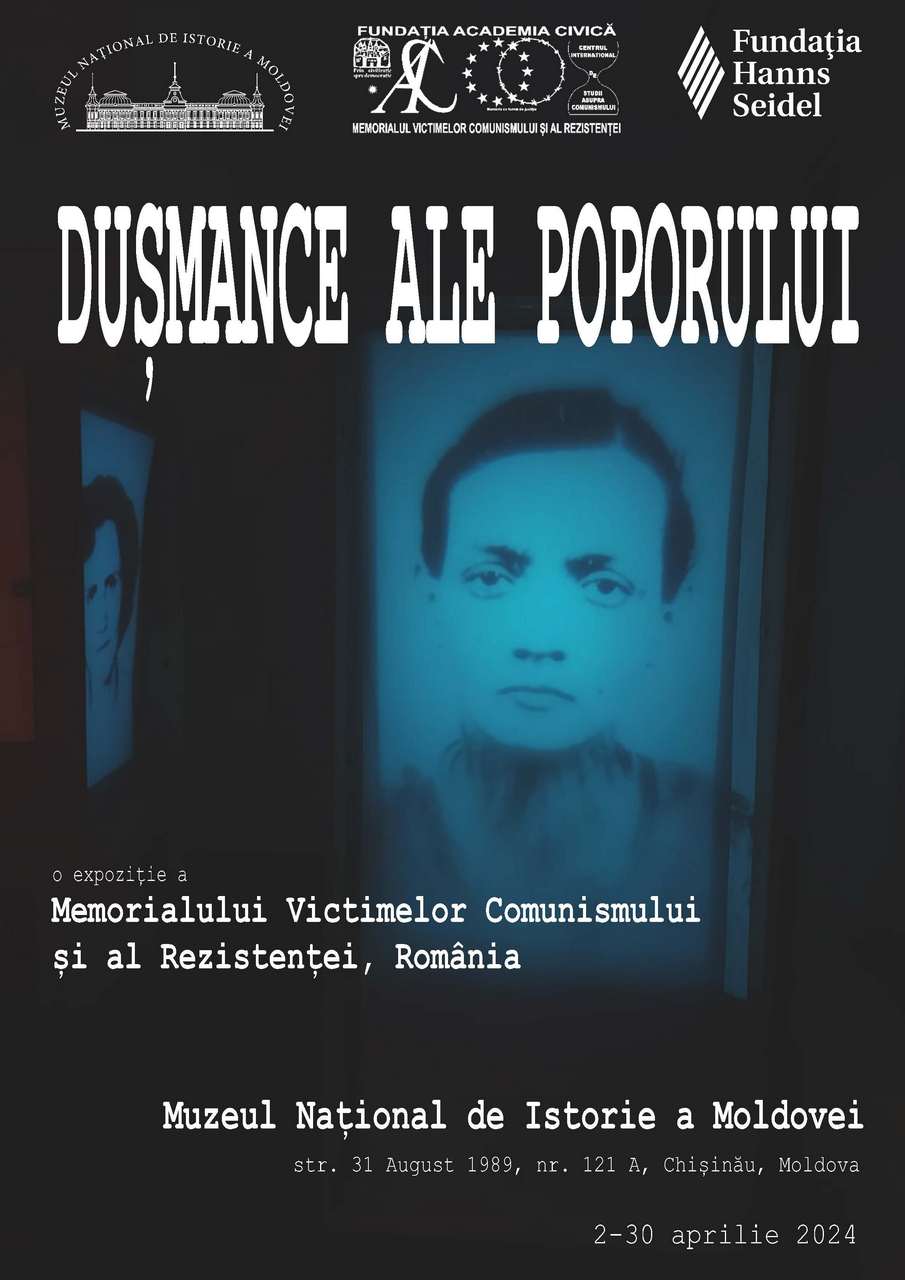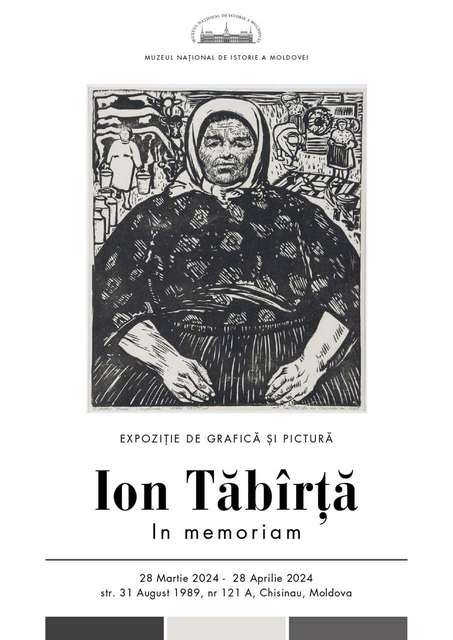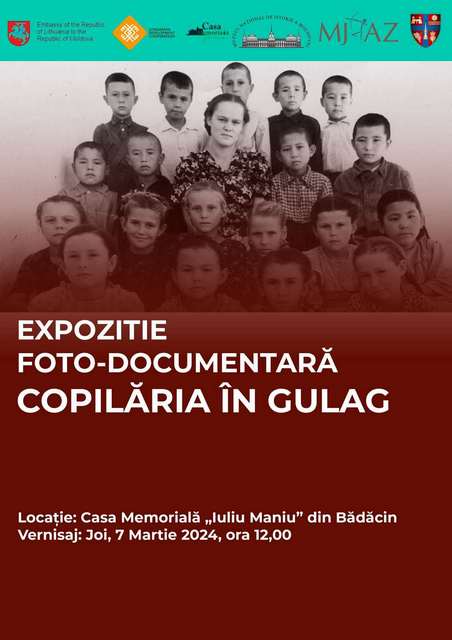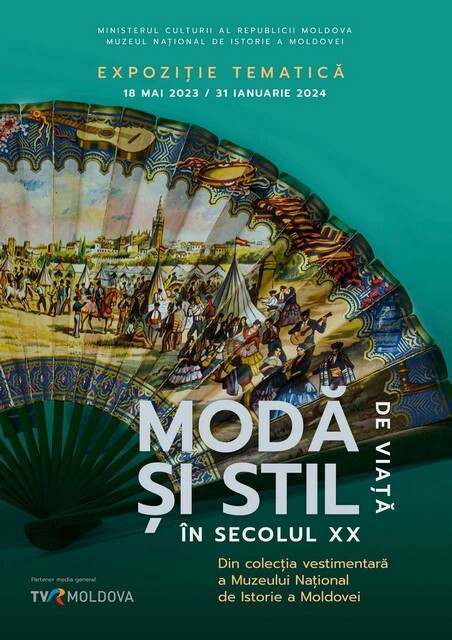  Events Archive Events Archive
Actions devoted to the European Day of Remembrance for Victims of Stalinism and Nazism
August 18, 2023
On August 18, 2023, in the context of the European Day of Remembrance for Victims of Stalinism and Nazism, the photo-documentary exhibition „In the shackles of Siberia. Bessarabian children deported by the totalitarian-communist regime during the years 1940-1941, 1944-1953” of the Museum of Victims of Deportations and Political Repressions, NMHM. With the signing, on August 23, 1939, of the Ribbentrop-Molotov Pact and the secret additional protocol on the division of Europe into spheres of influence between Soviet Russia and Nazi Germany, followed the outbreak of the Second World War, the destruction of sovereign states and the death of millions victims in extermination camps, the Gulag, deportations and illegal arrests. The exhibition „In the shackles of Siberia. Bessarabian children deported by the totalitarian-communist regime during the years 1940-1941, 1944-1953” presents aspects of the lives of the most innocent victims of the Soviet Gulag – children and minors, descendants of the families of „enemies of the Soviet people”. The photo-documentary testimonies and documents brought to the attention of the visitors reproduce the emotional sensitivity, the experiences and the traumatic memories of a generation in relation to their own past from the Stalinist period. The opening was inaugurated by the President of the Association of Former Deportees and Political Detainees from the Republic of Moldova, Mr. Alexandru Postică, who warmly welcomed the presence of the exhibition within the Association’s commemorative events. The head of the branch Museum of Victims of Deportations and Political Repressions, NMHM, Dr. Ludmila Cojocaru, referred to the need to strengthen efforts to disseminate historical knowledge with reference to the totalitarianisms of the 20th century. Representatives of the generation whose childhood was spent in special settlements in Siberia and Kazakhstan shared their memories from the Gulag and drew attention to the importance of perpetuating this memory across generations as an act of justice for those wronged by all totalitarian regimes. The event was organized by the Museum of Victims of Deportations and Political Repressions, NMHM and the Institute of History, MSU in partnership with the Association of Former Deportees and Political Detainees from Moldova and the Public Association Center of Excellence „Pro Memoria” Institute. The exhibition can be visited at the headquarters of the Association of Former Deportees and Political Detainees from the Republic of Moldova (Str. Mihail Kogălniceanu 52/A) between August 18 and September 28, 2023. Through these actions, the National History Museum of Moldova joins the international campaign carried out in Poland, Lithuania, Estonia, Latvia and Ukraine initiated by the International Platform Common Remembrance.
|











 31 August 1989 St., 121 A, MD 2012, Chisinau, Republic of Moldova
31 August 1989 St., 121 A, MD 2012, Chisinau, Republic of Moldova



